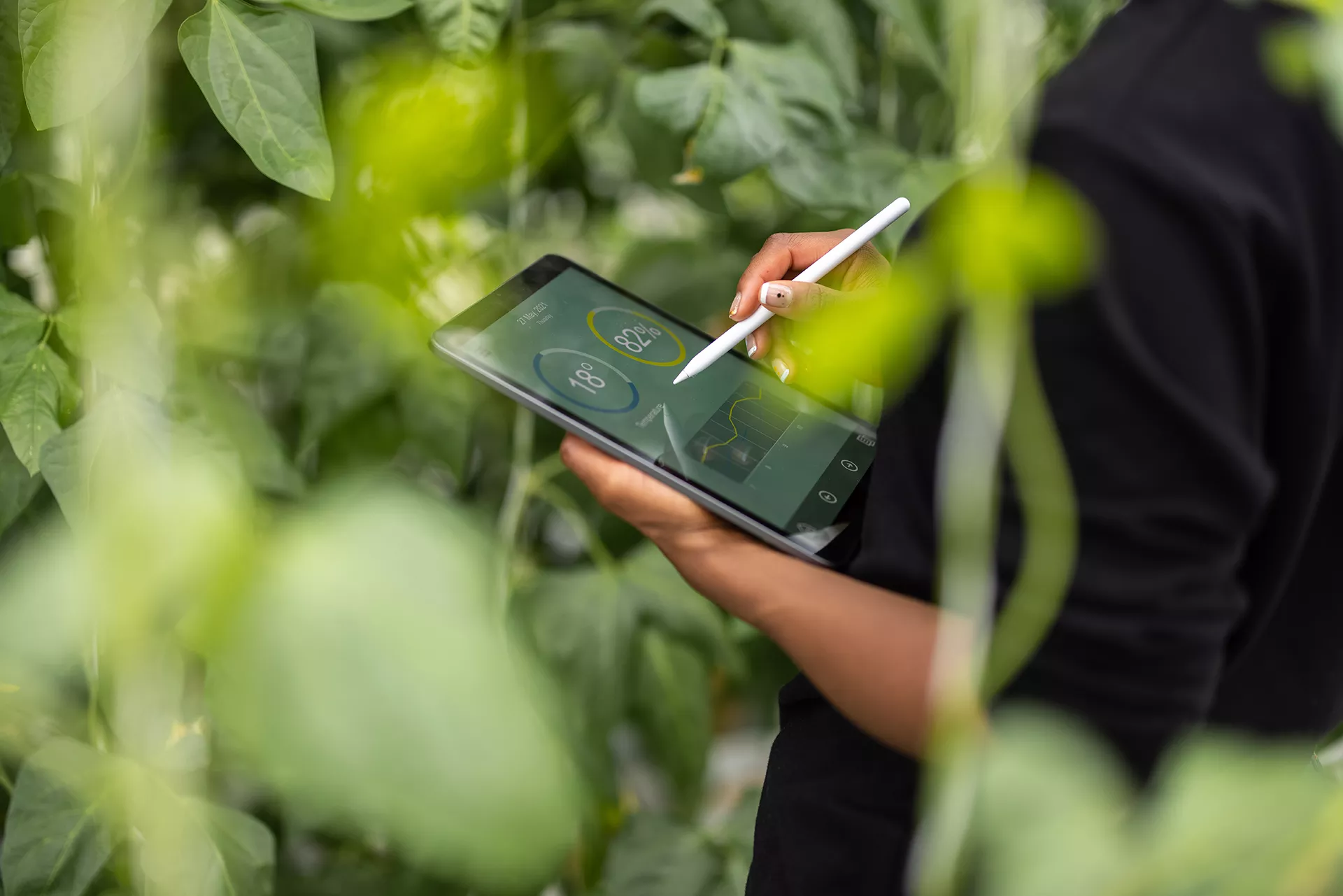
Image credit: Luis Alvarez/Getty
A recently-released analysis conducted by the U.S. Group on Earth Observations (USGEO) identified NOAA’s science, Earth observations, and weather and climate services as a high-value benefit to American farmers, ranchers and forestry managers, among others.
Natural resource managers, including those in agriculture, forestry, and grasslands management, need accurate and timely information on weather forecasts, wildfire warnings, and drought predictions. With climate and environmental changes producing greater pressure on agriculture, NOAA’s data and information are increasingly critical to informing farming and forestry decisions.
“Our nation’s ability to grow the food and fiber we need relies on actionable environmental information produced by NOAA satellites, scientists and engineers,” said Steve Volz, Ph.D., director of NOAA's National Environmental Satellite, Data and Information Service (NESDIS). “The Earth Observation Assessment completed by the U.S. Group on Earth Observations quantifies the value of NOAA’s environmental data and services to American farmers, ranchers and foresters in making decisions that both mitigate climate change and strengthen our economy.”
"The Biden-Harris Administration is committed to investing in science and technology that improves the lives and livelihoods of Americans across the country. That’s why the White House Office of Science and Technology Policy works with departments and agencies through the United States Group on Earth Observations to drive innovation and investment in our nation’s Earth-observing capabilities," said Jinni Meehan, Ph.D., Assistant Director for Space Policy with the White House Office of Science and Technology Policy. "This work will help our Earth observation enterprise continue to deliver actionable science, data, and solutions to the American people through our commercial sector, research institutions, and federal, local, Tribal, and territorial government agencies."
Agriculture and forestry is one of 12 Societal Benefit Areas (SBA) identified by USGEO for regular assessment. Crucial NOAA’s data products and services in the Agriculture and Forestry SBA reviewed by the 2024 Earth Observation Assessment include:
- Water Supply Analysis;
- Harmful Algal Blooms;
- Climate Extremes;
- Smoke and Air Quality Impacts;
- Wildfires (risk, monitoring and assessment); and
- Agricultural Weather Assessments.
These products and services rely on Earth observing systems, instruments and programs operated by NOAA that include the low Earth orbit Joint Polar Satellite System, carrying the suite of Visible Infrared Imaging Radiometer (VIIRS) instruments, the Geostationary Operational Earth Satellite (GOES) program, carrying Advanced Baseline Imager (ABI) instruments, Automated Surface Observing Systems (ASOS), and the National Weather Service Cooperative Observer Program.
“We continually look to expand coordination with domestic users of agricultural and forestry data products and services. Demand is only growing for information, tools and data to better manage wildfire, to better manage farming, and to better manage water. As the Earth Observation Assessment demonstrates, NOAA is already working to prepare a climate-ready nation, in partnership with our sister science agencies and the user community,” Volz said.
The USGEO is a chartered subcommittee of the National Science and Technology Council, within the White House Office of Science and Technology Policy (OSTP). Chaired by OSTP, USGEO serves as the interagency coordination mechanism for civil Earth observation activities conducted by federal agencies and departments.
